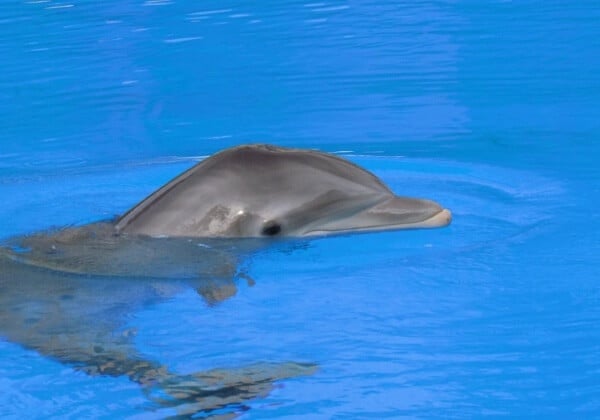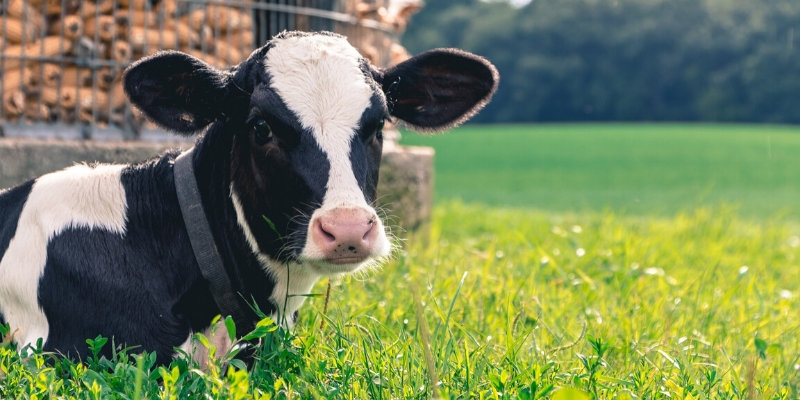Bullfighting: Torture Is Not Culture
Like cattle slaughtered for their flesh, bulls used for fighting are inquisitive, social animals who have been unfortunate enough to be selectively bred over many generations to be aggressive.
Regardless of their behavioural tendencies, the 40,000 bulls killed each year in Spanish bullfights don’t deserve to endure barbaric, terrifying deaths for the sake of human entertainment.
 ©Lisa Markkula
©Lisa Markkula
Torture Before the Fight Begins
The odds are already stacked against bulls many days before the fight begins. Selected for their “athletic” appearance, they endure physical and mental torment for at least two days before a fight.
Their nostrils and ears are blocked, petroleum jelly is rubbed into their eyes, needles are stuck into their genitals, and a strong caustic is rubbed on their legs in order to throw them off balance and prevent them from lying down. They’re drugged with sedatives and/or stimulants and then laxatives in order to weaken and incapacitate them.
An Unfair Fight to the Death
A bull begins his fight to the death from a dark box in which he has been kept for two days. He runs, desperate and confused, toward the light of the arena – seeking freedom – but instead meets his gruesome fate. Many bulls have collapsed at this stage, only to be propped up and forced to endure further torment.
First come the picadors on horseback thrusting and twisting spear-like weapons into the bull’s neck in a gruesome attempt to weaken his muscles. This results in gaping wounds to him as well as unnecessary injury and suffering to the horses involved.
Next come the banderilleros brandishing coloured sticks with sharp harpoon ends. They plunge them into the bull’s back to incapacitate him further, resulting in so much blood loss that he becomes even weaker. The torment continues as the banderilleros make him dizzy and disorientated by running in circles around him.
 Jo-Anne McArthur | We Animals
Jo-Anne McArthur | We Animals
Last is the matador, who provokes a few charges from the maimed and incapacitated animal. He attempts to kill the bull by aiming his sword at an artery near the heart but usually misses, puncturing the lungs and heart in the process. If the matador fails to kill the bull, an executioner is called in to sever the animal’s spinal cord, which paralyses but doesn’t always kill him.
Often, the bull is still alive and conscious during his final moments, in which his ears and tail are cut off as a trophy for the matador, before he’s dragged from the arena as the crowd boos him.
The Running of the Bulls
Despite the terrible consequences for the animals involved, every year the city of Pamplona, Spain, facilitates the Running of the Bulls. After being confined to dark, crowded enclosures, the bulls are forced onto the street and into stunning daylight. They’re then hit and tormented by runners as they begin a slippery run through the narrow streets.
Many lose their footing and crash into the buildings lining the street, injuring themselves, including possibly breaking bones.
Their run ends with the cruel carnage that is the bullfight.
No Excuses Left for Bullfighting
It’s clear from the protests each year by animal rights groups the world over and local polling data that this barbarism is unacceptable on both a local and an international scale.
HAPPENING NOW: 75 activists just drenched themselves in ‘blood’ in Pamplona to protest #SanFermin #PamplonaBloodbath pic.twitter.com/Rw47G5lYKS
— PETA UK (@PETAUK) July 5, 2016
To claim “cultural tradition” as a reason for allowing bullfighting to continue is simply incorrect.
Spaniards do not support bullfighting – its popularity is declining rapidly. A total of 93 per cent of young Spaniards now oppose it.
This barbaric event has no place in the culture of modern Spain.
The final lifelines for bullfighting are tourists and the €100 million subsidy that the industry gets each year from the European Union.
Most Australians don’t realise how cruel bullfighting is.
Australian tourists make up the second-largest group at the Running of the Bulls, and successfully persuading them not to attend would be a huge blow to its continued existence.







